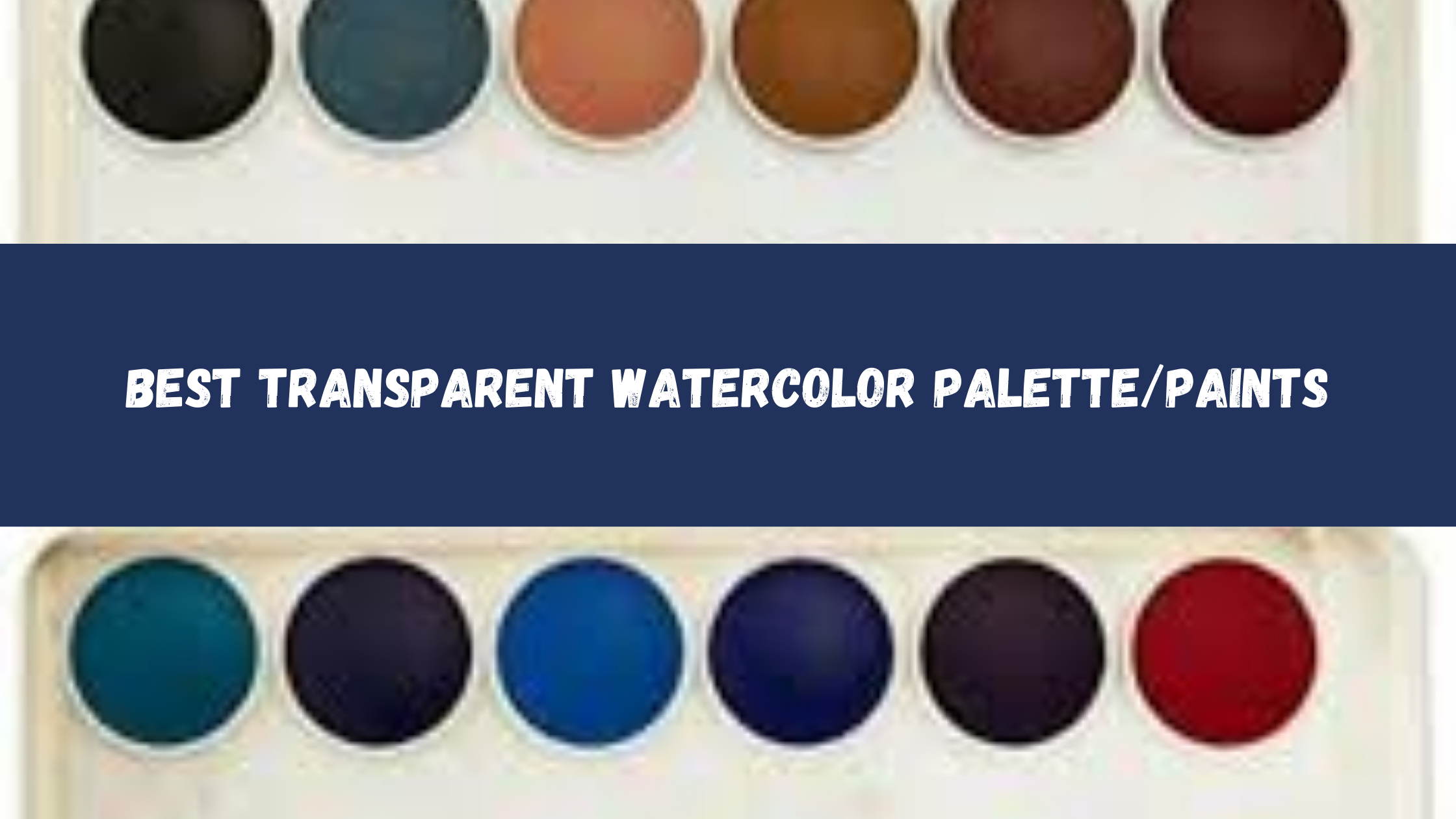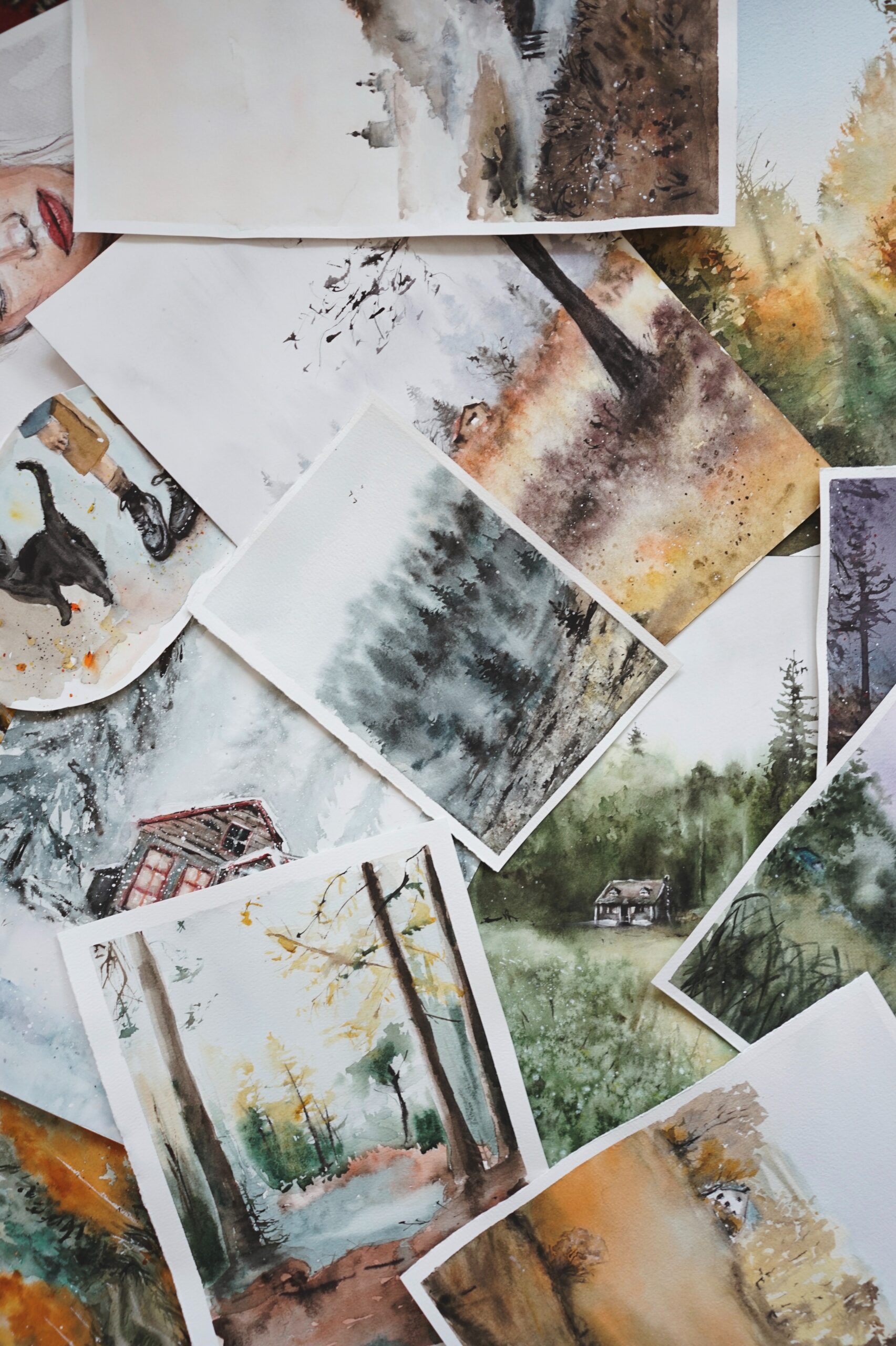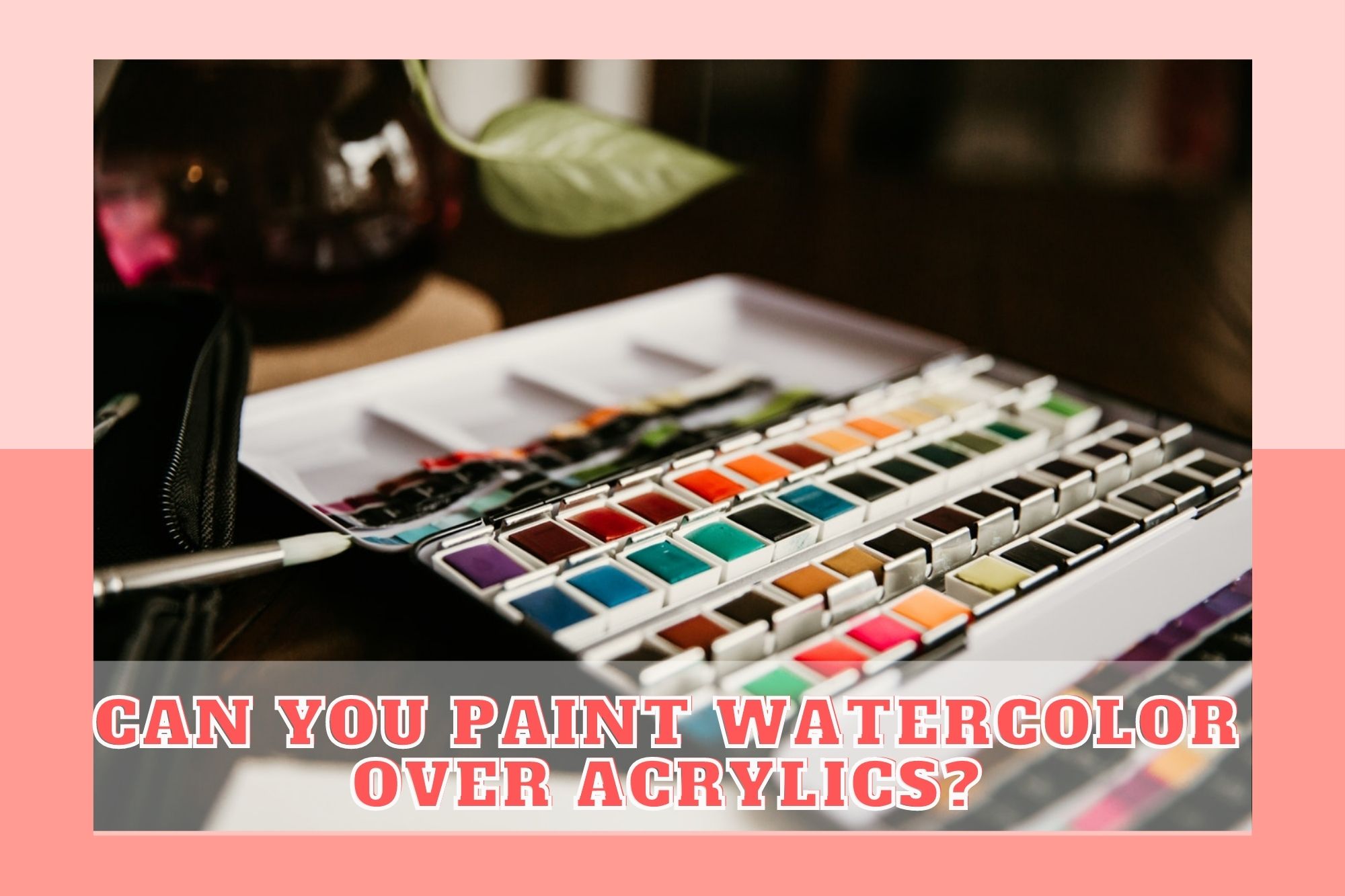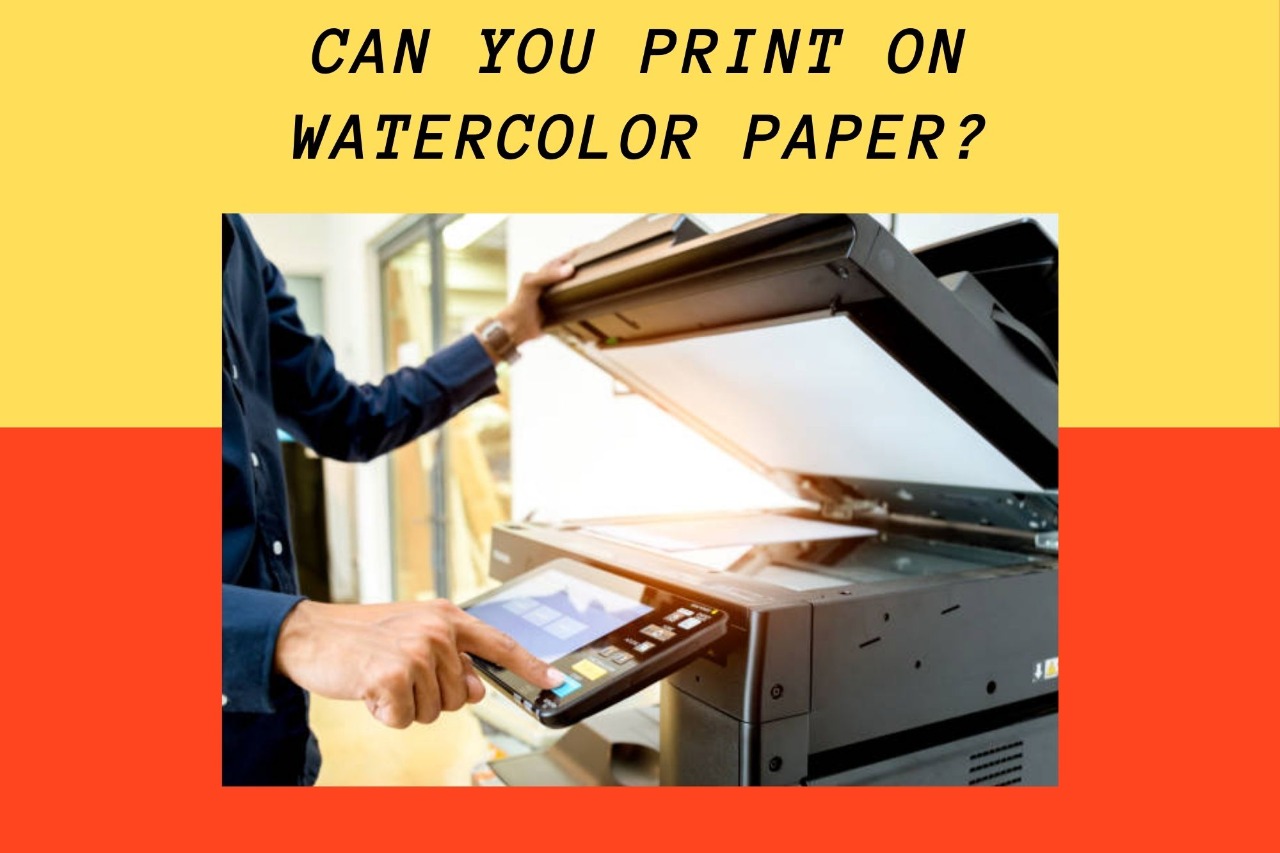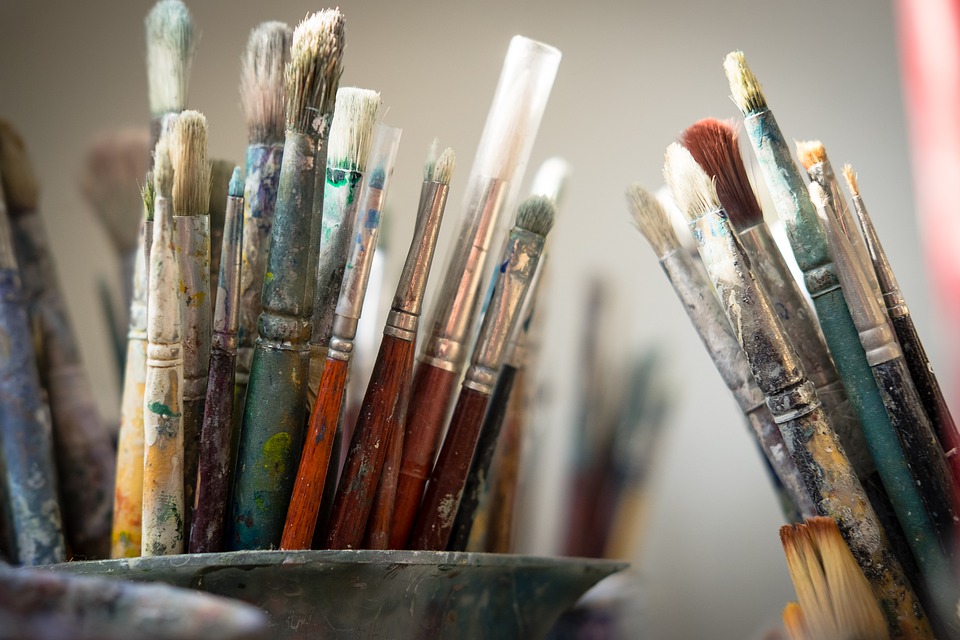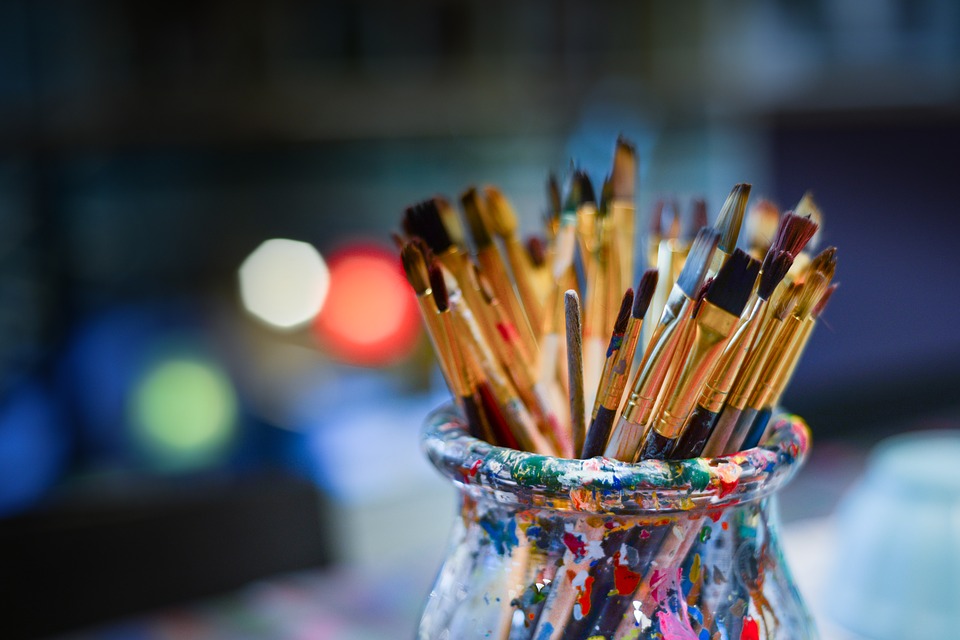The Best Transparent Watercolor Palette / Paints
The ability of watercolor paint to let light through and produce a slightly washed-out result is wonderful. But watercolor sets come in opaque and transparent varieties, and this is usually noted on the pans or tubes. It is crucial to note that you can thin out opaque colors yourself and give your projects a layered … Read more

